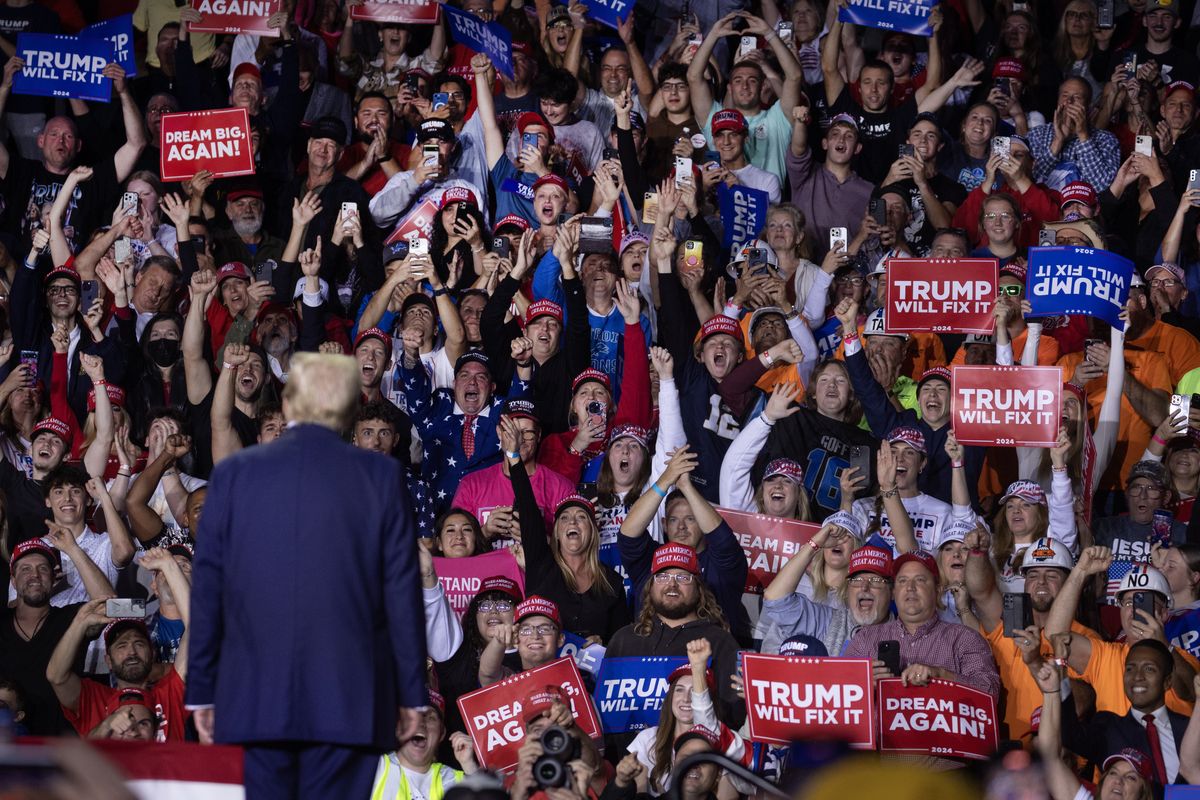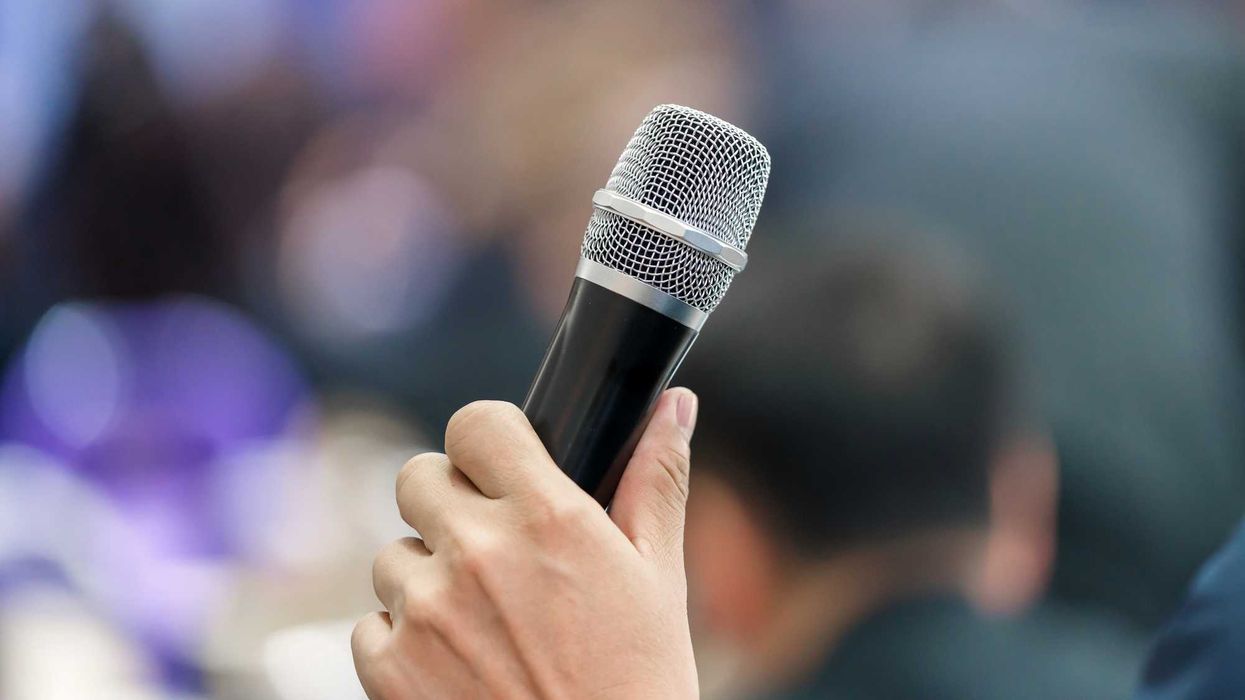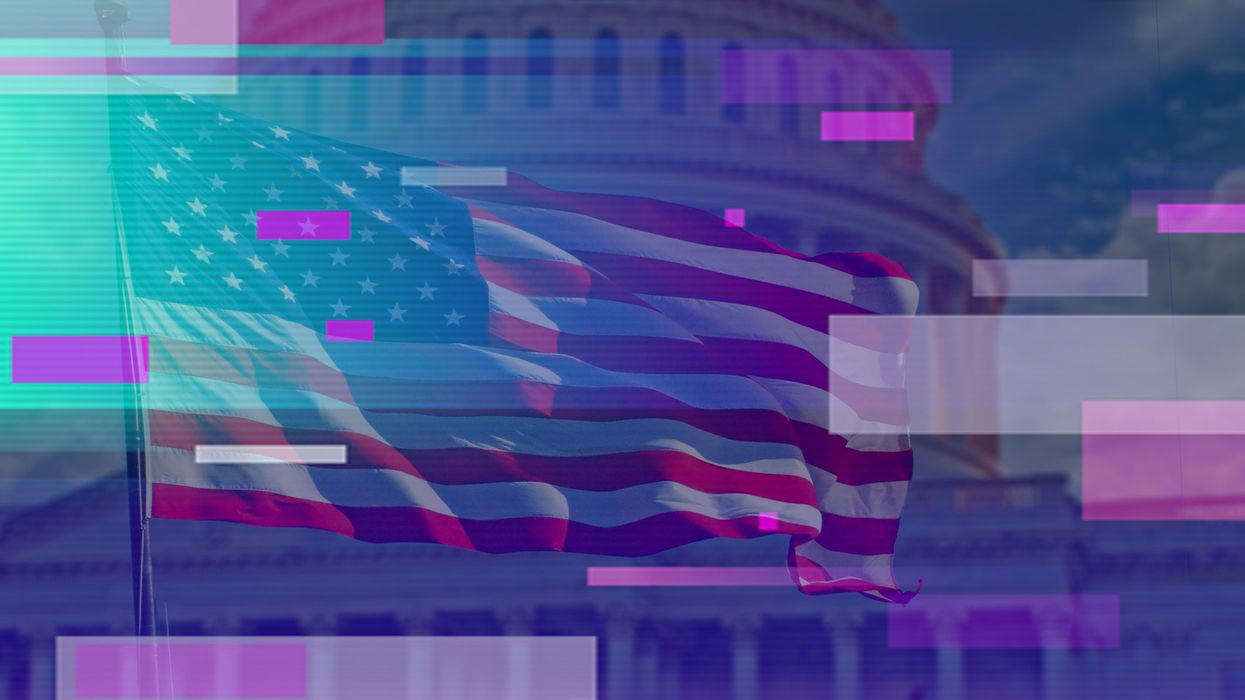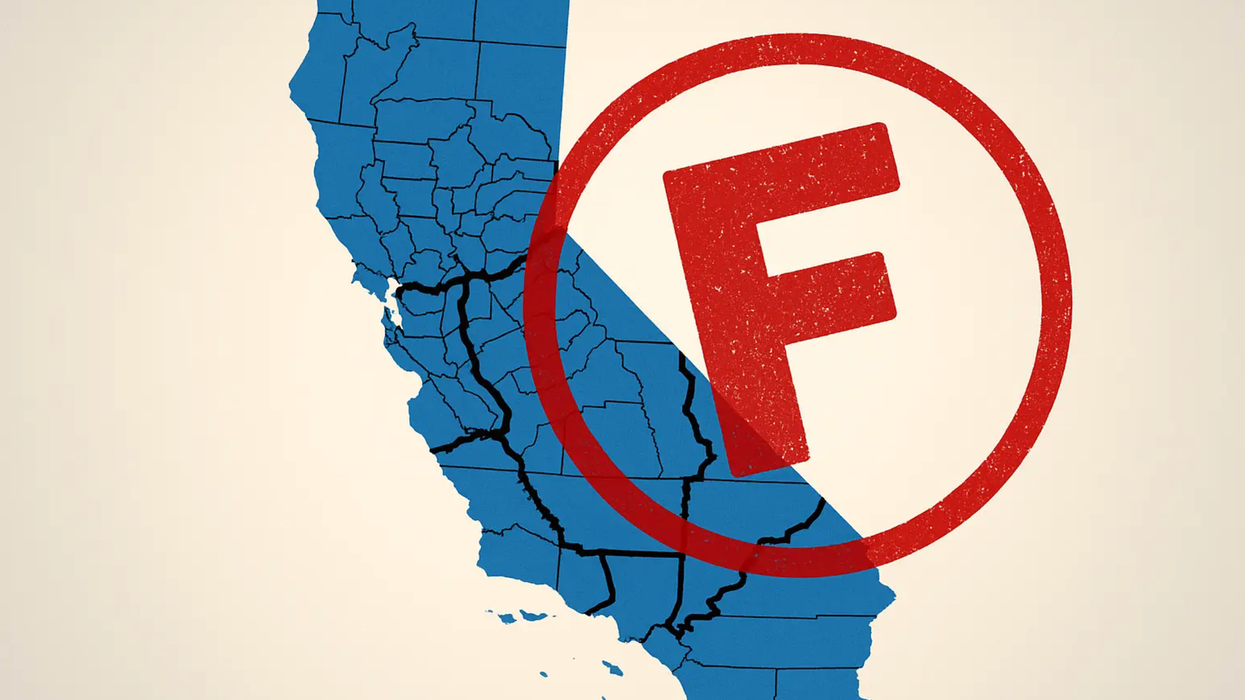I got a jolt of optimism in late September when someone alerted me to a four-minute video posted by the progressive news organization NowThis News.
There was former President Barack Obama, urging his fans to vote for state legislative candidates committed to doing the right thing when redrawing the nation's congressional and legislative lines next year. "Those maps will stand for 10 years," he reminded viewers. "That could mean a decade of fairly drawn districts where folks have an equal voice in their government, or it could mean a decade of unfair partisan gerrymandering."
Could this mean that, after all these years, that Obama had become a genuine anti-gerrymanderer? It was thrilling to think about, but soon enough I was reminded of all the other ways he's been more of an invisible gerrymanderer.
His personal relationship to the practice dates back two decades, to his days as an ambitious young Illinois legislator.
Having recently won his first re-election to the state Senate, Obama was in position to get what he wanted when the General Assembly redrew its own districts in 2001. And so he did. With the assistance of Democratic consultant John Corrigan, the contours of Obama's 13th District were shifted northward to assure that some of Chicago's wealthiest citizens would become part of his financial and political base.
The Democratic coalition Obama wanted to build — wealthier, whiter, less blue-collar and better-educated — allowed him to sharpen the campaign message that helped him move from the Senate in Springfield to the Senate in Washington, and then onto the presidency.
At the same time, however, the forces of partisan gerrymandering were being used against him. Obama had been trounced in 2000 when he challenged Rep. Bobby Rush in the Democratic primary, but the congressman wanted to make sure his young rival did not set his eyes on a rematch. And so, with the help of venerable political mapmaker Kimball Brace, Rush persuaded his friends in Springfield to tinker ever so slightly with the boundaries of the 1st Congressional District — so the lines ran one block to the north, two blocks to the west and one block to the south of Obama's residence.
"There is a conflict of interest built into the process," he told the weekly newspaper in his Hyde Park neighborhood that summer. "Incumbents drawing their own maps will inevitably try to advantage themselves."
It was a message he resurrected 15 years later, in his final State of the Union address. "We have to end the practice of drawing our congressional districts so that politicians can pick their voters, and not the other way around," Obama told Congress in January 2016. "Let a bipartisan group do it."
And yet, he spent none of his presidential political capital trying to advance the cause of bipartisan, let alone nonpartisan, mapmaking. He did not act when it mattered most — in his first two years, when fellow Democrats controlled the House and Senate. At the time, it seemed their party would do well enough in the 2010 midterms to dominate redistricting for the decade now coming to an end.
It turned out the opposite way. A Republican wave that year (fueled in part by fundraising for something called the Redistricting Majority Project) resulted in all-GOP state governments getting to draw almost half the 435 congressional districts the next year — while all-Democratic governments drew about 50.
Freed from his presidential duties, and the NowThis video notwithstanding, Obama has returned to his gerrymandering ways. With his former attorney general, Eric Holder, he's captaining the National Democratic Redistricting Committee.
While working to portray itself as out to combat partisan gerrymandering, the opposite is plainly true. Its website describes the NDRC as "the centralized hub for executing a comprehensive redistricting strategy that shifts the redistricting power, creating fair districts where Democrats can compete." Its IRS filings say the organization's purpose is to "build a comprehensive plan to favorably position Democrats for the redistricting process through 2022."
Obama's video does not mention his past support for redistricting commissions. He has not spoken out in favor of the one measure on the ballot next month, in Virginia, that would make nonpartisan citizens central players in the remapping for the next decade. He has not offered a kind word about the ad hoc citizen panel convened by Gov. Tony Evers, a fellow Democrat, to pressure the GOP majority in the Wisconsin Legislature.
Most recently notable, he did not mention redistricting reform as one of the cures for democracy's problems he rattled off Wednesday during a stemwinder at a drive-in pep rally Philadelphia, his debut as a Joe Biden campaign surrogate.
So don't be fooled by the video. Obama has evolved in the past 20 years, from the target of a partisan gerrymander into the invisible gerrymanderer.



















